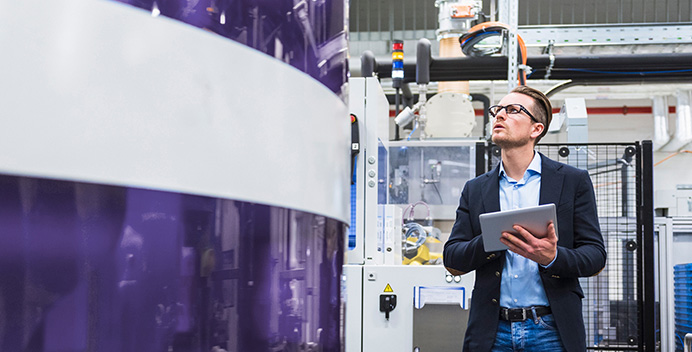
Equity Financing Strategies for Early-Stage Businesses
Strategic advice Equity financing strategies for early-stage businesses
Consider these questions and insights when seeking and vetting potential investors.
Article
10/05/2025
Equity Financing Strategies for Early-Stage Businesses
Learn more about what questions and insights to consider when seeking and vetting potential investors for your business.

Evolving Your Challenger Mindset as an Established Company
Strategic advice Evolving your challenger mindset as an established company
How to prevent complacency—and keep your business thriving
Article
09/24/2025
Evolving Your Challenger Mindset as an Established Company
Learn more about strategies our experts suggest to continue to develop a growth mindset, foster business growth, and hone your competitive advantage.

10 Steps to Ready Your Company for an Initial Public Offering
Strategic Advice 10 steps to prepare for an IPO
A step-by-step guide to take your company public and set it up for future success
Article
09/23/2025
10 Steps to Ready Your Company for an Initial Public Offering
Is your company going public? A step-by-step guide to prepare your company for an IPO.

